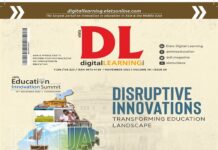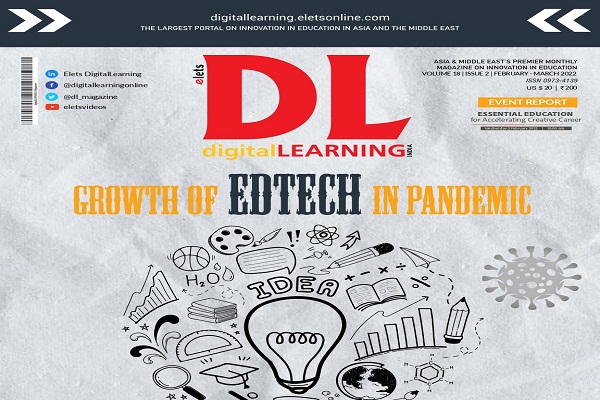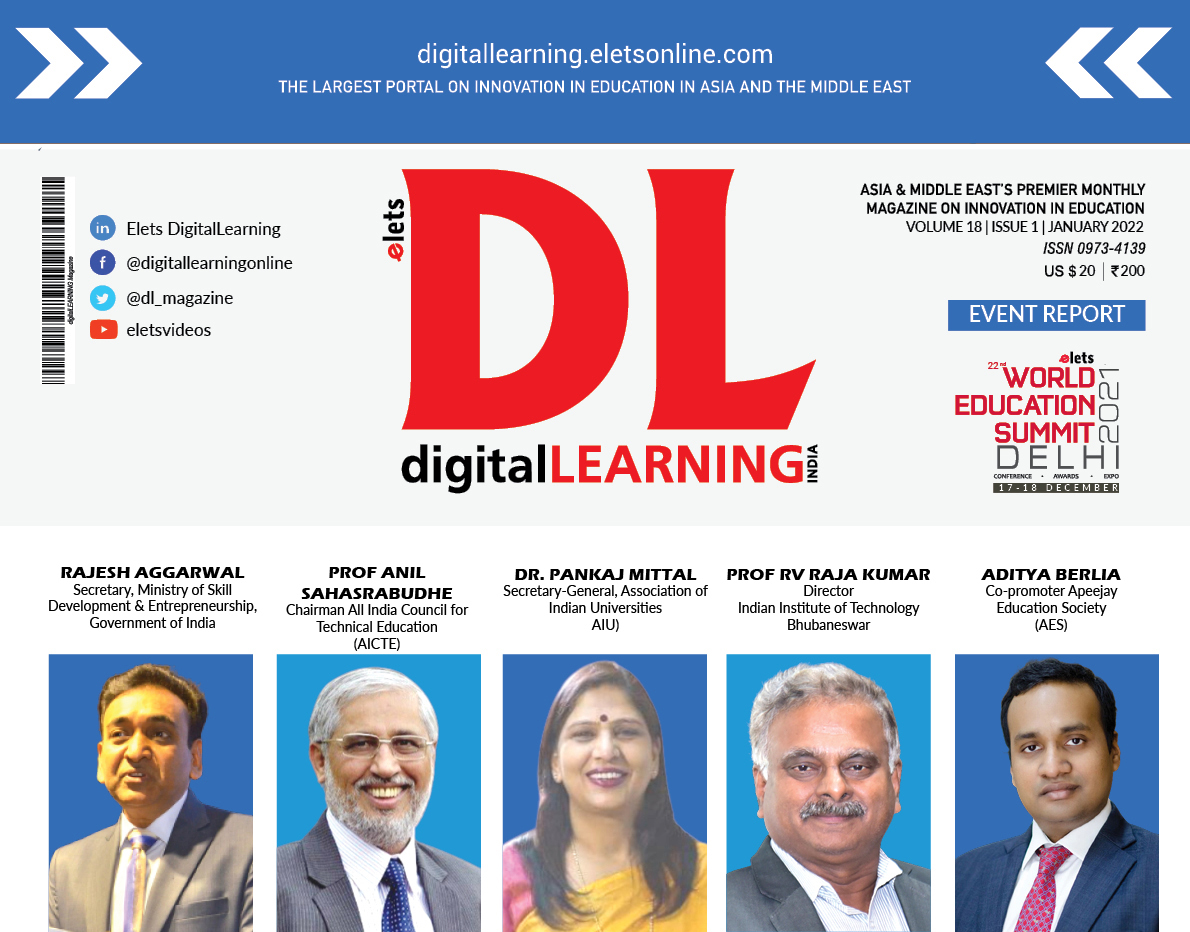|
“Distance and open education system is the only approach which can meet the challenge of educational problems in the third world.” Late Prof. G Ram Reddy Every year on 2nd July, Indira Gandhi National Open University (IGNOU) commemorates the death anniversary of its Founder Vice-Chancellor, the legendry late Prof. G Ram Reddy, a memorial lecture in his name. The annual memorial lectures were instituted in 1996 by IGNOU following the sudden death of Prof. Reddy on July 2, 1995. The 14th Prof G Ram Reddy Memorial Lecture, an annual event, ritually, took place on July 2, 2009 at IGNOU to commemorate the death anniversary of the Founder Vice Chancellor of IGNOU, Prof G Ram Reddy. This year Shri Kiran Karnik, Former President, NASSCOM, was invited to deliver the memorial lecture on ‘Education, Media and Development’. Digital Learning presents you with the report on the memorial lecture which was attended and witnessed by some of the finest academicians, think tanks of the country to honour the legendary late Prof. G Ram Reddy.
Following this, Prof Pillai, in his Presidential address, said that IGNOU has ventured into various avenues of Open and Distance Education/Learning that late Prof. G Ram Reddy envisioned. The Vice-Chancellor shared that IGNOU has emerged as the largest mega University in the democratic world towards meeting its mandate, which is “to provide seamless access to sustainable and learner-centric quality education, skill upgradation and training to all, at affordable costs, by using innovative technologies and methodologies, and ensuring convergence of existing systems for the massive human resource required for promoting integrated national development and global understanding”. Presently, IGNOU serves the educational aspirations of over 2 million students in India and 33 other countries through 21 Schools of Study and a network of 61 Regional Centres, more than 2300 Learner Support Centres and 53 overseas Partner Institutes. The University offers 310 Certificates, Diploma, Degree and Doctoral programmes. Kiran Karnik started his deliberation on a nostalgic note by recalling his long association with late Prof. Ram Reddy. He shared with the audience that Prof. Reddy always advocated the use of media and technology for furthering distance education. He said that in the present day India, convergence of three critical areas – Education, Democracy and the Media – is very crucial. Information and Communication Technology (ICT) has produced the revolution in New Media. Television too has progressed in delivery and communication. Social networking and Internet videography has also improved communication. FM has reinvigorated the radio with interactive content. e-Mails, blogs and instant messaging have grown as means of communication and there are new beginnings in their uses. New Media has become a medium of the young presenting its own sets of challenges. These reflect many commonalities of the 1980s when TV network, spurred and complemented by satellite TV, opened up exciting new possibilities. However, this new initiative remained a ‘partial success’ for various reasons. The potential use of TV in schools and for educational purpose, the Krishi Darshan programme (1967) – the brainchild of Dr. Vikram Sarabhai and Dr. M S Swaminathan, had certain social ramifications (community viewing). TV became a force for economic and social change, rather than a luxury. In parallel with SITE, an intensive, limited coverage experiment was initiated in Kheda district of Gujrat. The Kheda Communications Project attempted to use the media for social change and development through participation in communications and programme development. Six years after SITE, India’s own satellite, INSAT (1982), was a leap of faith, envisaged to seal the educational commitment of technology. In spite of the challenges, university level education was taken across the board. University Grants Commission (UGC), in partnership with ISRO, launched Countrywide Classroom – enrichment TV programmes for university level students and others – using the INSAT system. Indeed, many viewers were not university students, but those attracted by interest and curiosity. Since then considerable work has continued in the area of use of TV for education and development.
“In the present day India, convergence of three critical areas – Education, Democracy and the Media – is very crucial” Kiran Karnik stressed that we are at the cusp of change, where the proverbial gatekeepers filtering information shall gradually whiter away. The next generation of media will lead the educational development. The lessons that we have learnt over the five decades of media experience are:
Way Ahead Some of the earlier lectures in the series were delivered by Prof. Gajaraj Dhanarajan, President COL; Prof. Wichit Srisa-An, Founding Rector, Sukhotai Thammarthirat Open University, Thailand; Prof. N R Arthenayake, Former Vice-Chancellor, University of Sri lanka; prof. Ian Mugridge, Former Director Programmes, COL; Prof. R V R Chandrasekhara Rao, Former Vice-Chancellor, Andhra Pradesh Open University; Mr. H Ian Macdonald, Preseident Emeritus, York University; |
|


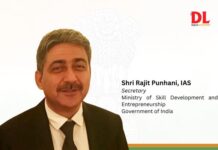
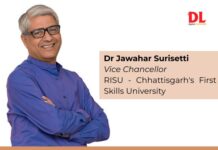
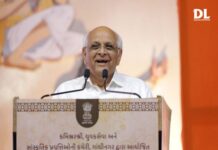
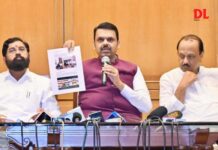


 The hour long programme began with a welcome note by Prof. Parvin Sinclair, Pro-Vice-Chancellor, IGNOU. She, on behalf of the IGNOU fraternity, welcomed Smt. G Pramila Ram Reddy, wife of late Prof. G Ram Reddy and other family members, Shri Kiran Karnik, Prof V N Rajasekharan Pillai, Vice Chancellor, IGNOU and the present distinguished guests to the memorial lecture evening. The evening was marked with the lighting of lamp by G Pramila Ram Reddy, Kiran Karnik, Prof V N Rajasekharan Pillai, and Prof Sinclair respectively.
The hour long programme began with a welcome note by Prof. Parvin Sinclair, Pro-Vice-Chancellor, IGNOU. She, on behalf of the IGNOU fraternity, welcomed Smt. G Pramila Ram Reddy, wife of late Prof. G Ram Reddy and other family members, Shri Kiran Karnik, Prof V N Rajasekharan Pillai, Vice Chancellor, IGNOU and the present distinguished guests to the memorial lecture evening. The evening was marked with the lighting of lamp by G Pramila Ram Reddy, Kiran Karnik, Prof V N Rajasekharan Pillai, and Prof Sinclair respectively.


